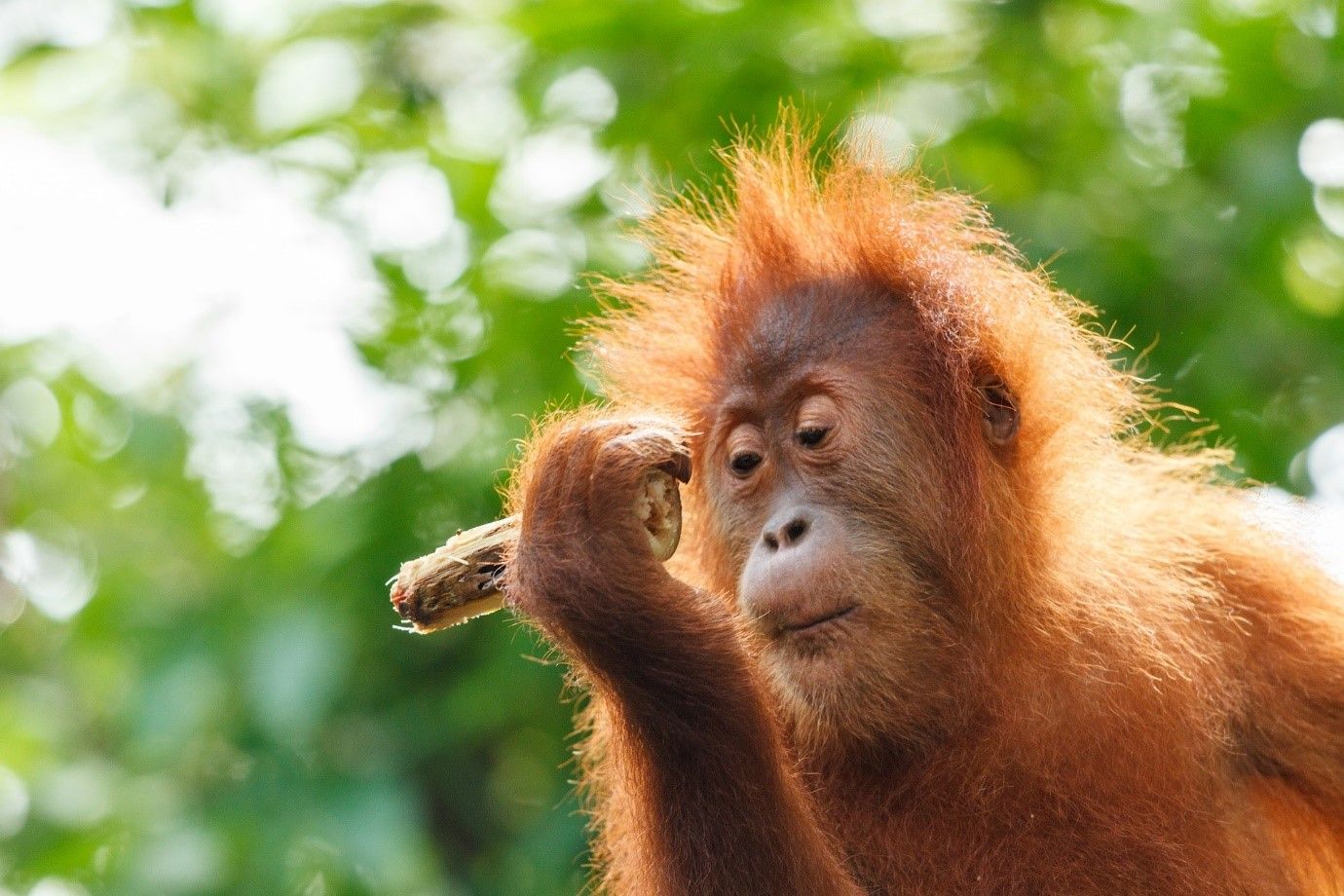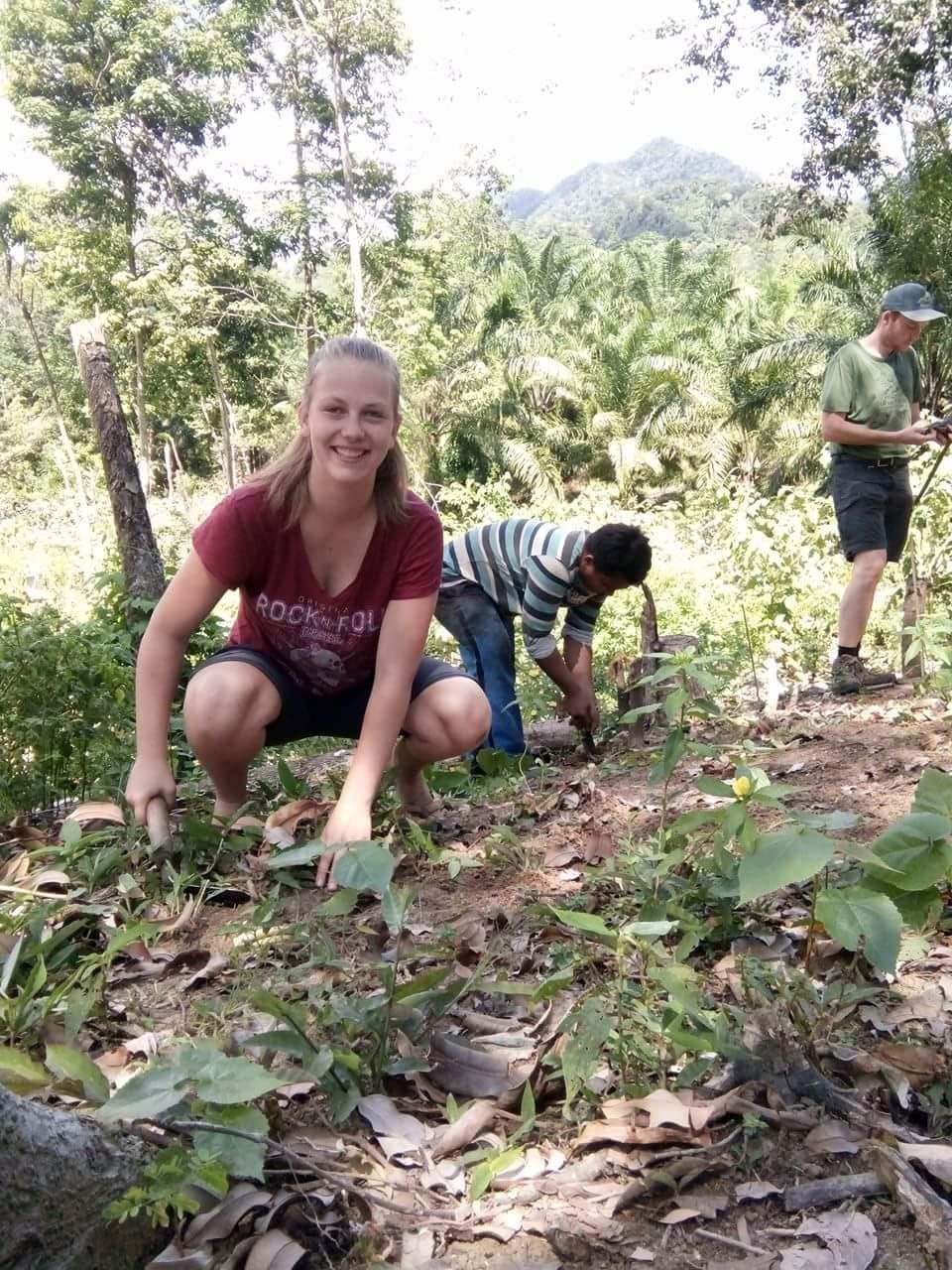Calling an animal by its name
- Bas van Boekholt
- Articles
- 5 minutes (1068 words)
Last November a new species of Orangutan Pongo tapanuliensis was discovered at the Indonesian island Sumatra. At least, that is what some scientists are claiming. But why is this population of Orangutan a new species? And what is a species actually? The answer on this seemingly easy question is a lot harder than you would expect. The science that deals with these kind of questions is called taxonomy. Taxonomy deals with describing species based on some of their characteristics. Time for a short introduction to the world of mules, lions without manes and fossil DNA.
Changing species
It all started with the theory of evolution discovered by Darwin. Before Darwin there was no discussion over what a species was. A species was an unchangeable unit in which individuals looked similar. But according to the theory of evolution, population within a species could drift apart from each other over several generations. These differences could get so big that the different populations could not be attributed to the same species. This also means that during this evolution there has to be some intermediate form that was different, but not enough to be called a new species. So where do you draw the line?
Fertile offspring
A first solution for this problem was proposed by Ernst Mayr in 1942. His solution, called the Biological Species Concept (BSC), is now one of the best known principles for classifying species. According to the BSC, a species is: “A group of populations in which individuals have the potential to produce fertile offspring”. A famous example of two species split based on this principle are the horse and the donkey. A horse and a donkey can reproduce and create a mule. However, this offspring is not fertile, meaning that according to the BSC, horses and donkeys belong to different species. This species concept helps a lot most of the time. However, there are some examples for which this concept gives no solution.
The first problem is that this concept only works for species who reproduce sexually. This means that BSC excludes not only millions of different bacteria, but also some animal species. The second problem deals with geographic isolation. Some populations of the same species live in different areas. This makes it impossible for them to reproduce and for us to determine if they are different species. Take for example the wolf. The wolf lives on both the American and the Eurasian continents. Because these wolves will never meet it is impossible to determine if they belong to the same species.
Present, past and future
The suggestion of the biological species concept was not the last innovation in the world of taxonomy. Since 1942, 24 different species concepts have been proposed. These concepts can roughly be divided in three different categories: Species concepts which look at the future of a population, species concepts which look at present characteristics of population or species concepts which look at the past of a population. The BSC is an example of a concept which looks at the future of a population. If two populations cannot produce fertile offspring, they don’t have a shared future and are thus two different populations.
Species concepts which look at the present of a population divide species on different traits which individuals possess. These traits can relate to the way an individual looks but also relate to habitat or genetical characteristics. The benefit of these concepts is that they include asexual species. A point of discussion is which traits should be taken into account. Every choice in a set of traits can give a totally different system. If only visible traits would be taken into account every breed of dog would be a different species. Another problem is sexual dimorphism or the difference between a female and male within a species. The lion is a good example. If you would characterize a lion by his mane you would exclude all the lionesses which cannot grow manes.
The last category of species concepts uses the perspective of the past. These concepts treat species as a group of individuals with a common ancestor. The more recent a common ancestor, the bigger the chance the group belongs to one species. With the help of DNA and genetics we can determine when a population was split from its ancestral line. If you can prove this split was far enough in the past, you can talk about a new species. The chimps and bonobos split from the human lineage roughly 4 million years ago. The benefits of this category are its objectivity and the fact that it is irrelevant how a species reproduces. However, these concepts also have a disadvantage. It turns out that in the field it is really hard to determine when a population split from its lineage. This is caused by the lack of fossils or other genetic material. Next to this, family trees are always based on probability and you are never able to achieve a 100% certainty.
In the end there are a lot of different ways to define a species. Each with its own benefits and disadvantages. Within the taxonomy there is no consensus over which species concepts should be used. This allows scientists to cherry-pick the species concept that fits the argument for their “new” species.
New orangutan species
But what about the new orangutan species? Scientists analysed one skeleton and two DNA-samples of these orangutans. With the skeleton they showed that within this population of Orangutans both the skull and the teeth differed from the other known species. From previous research it was known that there were also behavioural differences.
The genetic code, which they extracted from the two DNA-samples produced similar results. An interesting side note was that while the new species lives on Sumatra it was more closely related to the species on Borneo than the other known species on Sumatra. The first split from the old Sumatran species was 3.4 million years ago while the split from the Bornean species was “only” 674.000 years ago.
The scientists did not pick one species concept to confirm their hypothesis but used a combination of several different ones. This combination of concepts led to the well supported conclusion that this population of Orangutans was indeed a new species. After all, the more species concepts confirm your hypothesis, the higher the chance it will be accepted.

An orangutan finds out if he discovered a new species


Comments
Log in to read and post comments